Last Updated on February 6, 2024 by Aftab Tariq
Clipping bird wings is a crucial aspect of aviculture for bird owners. It involves trimming flight feathers to limit a bird’s flying ability, preventing potential dangers within the household. Many pet bird owners opt for wing clipping for various reasons, such as ensuring their birds’ safety and avoiding trauma that may arise from accidents or escapes.
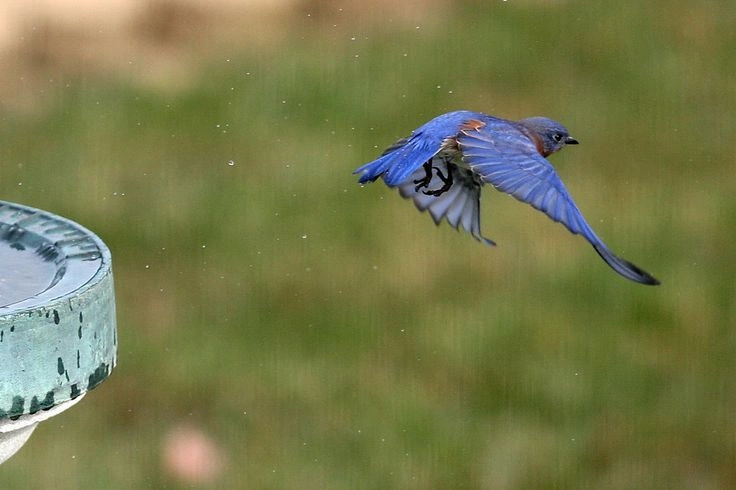
The decision to undertake wing clipping is a process that requires careful consideration of the birds’ purpose and well-being. Feather clipping is a practice that addresses concerns related to open windows, household dangers, mirrors, ceiling fans, and escape through doors or windows. This practice is especially relevant in homes where pet birds roam freely.
The avian community emphasizes the importance of understanding the reasons behind wing trimming and its impact on the flying abilities of pet birds. Veterinarians guide wing clipping, ensuring the right feather length. Vital for a safe home, enabling bird companionship within confined spaces.
How Often Should a Bird’s Wings Be Clipped?
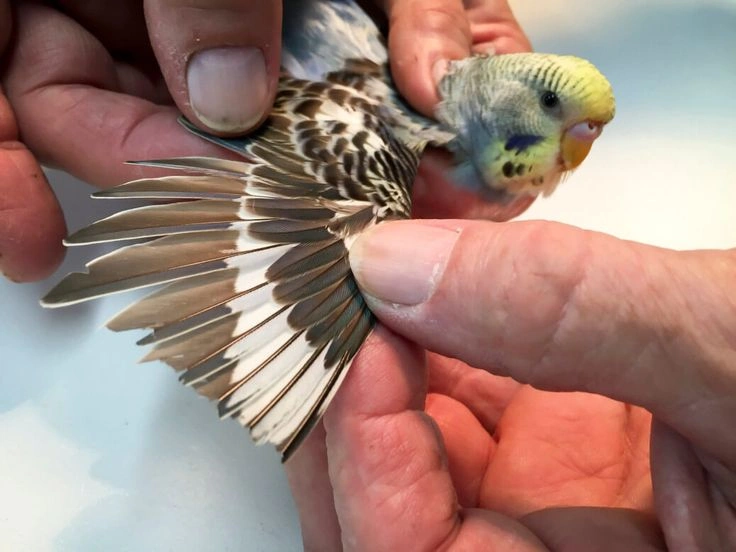
It is a common question among bird owners who want to balance their pet bird’s safety and its need for flight. The frequency of wing clipping depends on several factors, including the bird’s species, age, and individual behavior.
Some bird owners opt for wing clipping every few months to control their flight abilities. Feather trimming involves carefully trimming specific flight feathers, striking a balance between ensuring the bird’s safety and maintaining its quality of life. Understanding the frequency of wing clipping is crucial to prevent injuries from uncontrolled flight within the household.
A responsible approach involves a regular assessment of the bird’s feathers and flight capabilities, allowing bird owners to make informed decisions about the appropriate time and place for the wing clipping procedure.
Determining how often a bird’s wings should be clipped requires careful consideration of the bird’s well-being and the owner’s preferences.
Should I Trim My Bird’s Wings?
In the case of pet birds, the addition of wing trimming to their care routine is a consideration that involves assessing the bird’s comfort and confidence. Feather damage and potential harm to the bird or home environment contribute to decision-making.
Bird owners weigh the order of importance between the bird’s natural ability to fly, and the potential risks associated with unclipped wings. Over time, experienced veterinarians guide bird owners on the appropriate way to perform wing trimming, ensuring it is a process that works in harmony with the bird’s overall well-being.
Confidence in trimming a bird’s wings comes with understanding its reasons and acknowledging that it is a responsible way to create a safe and controlled environment for the bird and its owners.
Understanding the clipping bird wings meaning: it involves trimming feathers to limit flying ability, not to stop flight entirely, but to control upward or sustained flight, often done to prevent escape.
Avoid these When Clipping Parrot Wings
Blood Feathers and Bleeding

If thinking of cutting the wings off of a parrot, one must take extra care around the blood feathers. Even a very modest quantity of blood may harm the bird’s health. Identifying and avoiding blood feathers is crucial to prevent unnecessary bleeding and discomfort for the bird.
Special Considerations For Infant Birds

For infant birds, extra care and consideration are needed during wing clipping. Having a specialist present is advisable to avoid unintentional injuries. The delicate nature of infant feathers requires a gentle touch and precise technique to ensure the bird’s safety and comfort.
Understanding Feather Anatomy
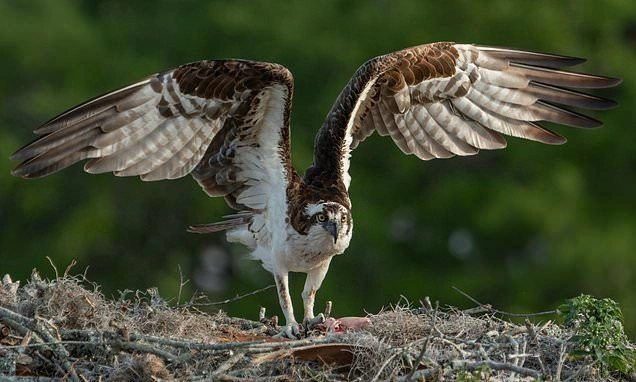
Recognizing the base of the feathers is essential in the wing-clipping process. Care should be taken to steer clear of blood feathers, which are vital to the bird’s well-being.
Proper knowledge of the feather anatomy ensures a safe and effective wing clipping that minimizes the risk of injury and bleeding. Leonardo da Vinci says :
“Knowledge is power, and making the feather anatomy easy to understand is the key to ensuring the well-being of our feathered friends.”
Avoiding Mistakes and Improper Tools
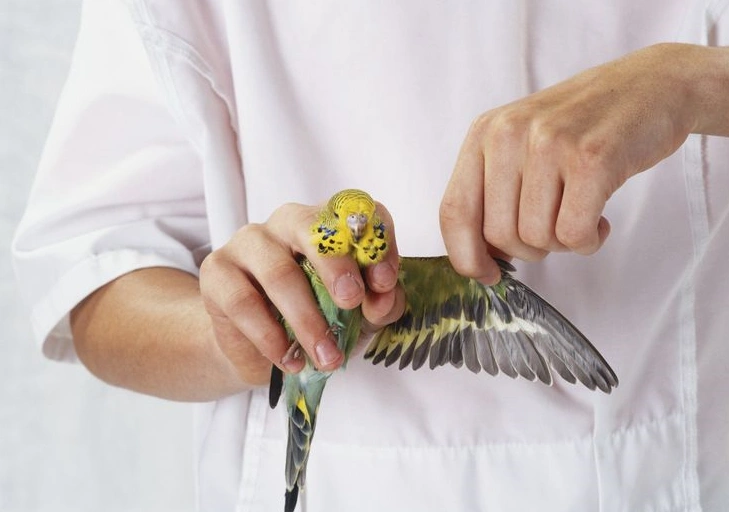
Mistakes in handling feathers or using inappropriate tools, such as pliers, can lead to harm and discomfort for the parrot. Using the right techniques and agencies under the guidance of a specialist is crucial in maintaining the bird’s well-being and preventing unnecessary stress during the wing-clipping process.
Maintaining Awareness of the Molting Process
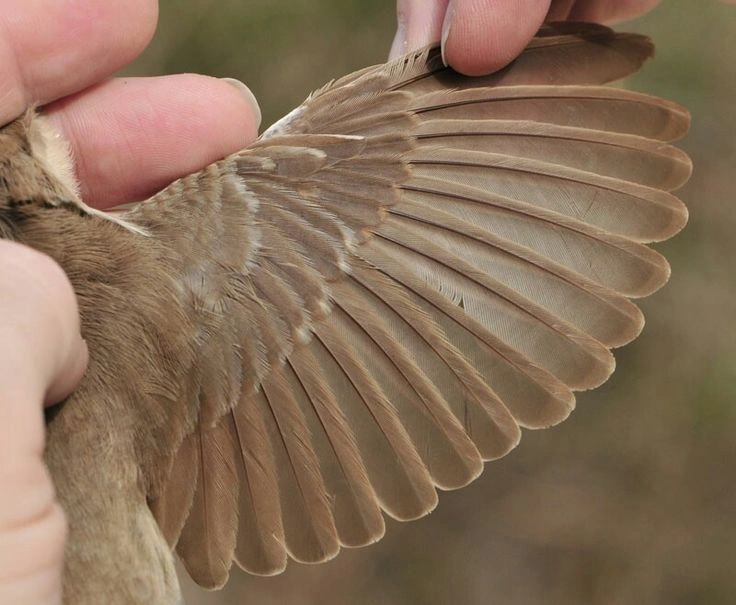
Understanding the molting process is key when deciding on the timing of wing clipping. Interfering with the natural feather renewal can harm the bird’s health.
Careful consideration of the molting cycle ensures a responsible approach to wing clipping that aligns with the bird’s natural rhythms. Albert Einstein wisely said:
“Look deep into nature, and then you will understand everything better.”
Feather Appearance and Flight Capability
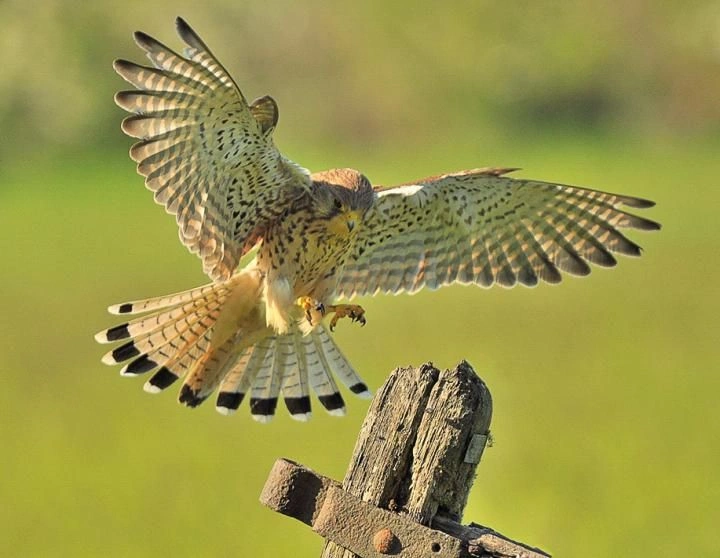
Being mindful of the feathers’ color, shaft, and overall condition provides important clues for effective wing clipping. How feathers are trimmed directly influences birds’ ability to fly, impacting their confidence and comfort. Careful attention to these details ensures a responsible and safe approach to wing clipping for pet parrots.
How to Clip Bird Wings: A Step-By-Step Guide
Clipping your bird’s wings, including budgie wings and other parrot species, requires a careful and considerate approach. Follow these steps for a safe and effective wing-clipping process.

Preparation Before the Clipping Process:
Choose the right environment: Select a quiet, well-lit, fully enclosed room for wing-clipping. Ensure that all windows and doors are closed to prevent any accidental escapes. Bringing your bird to a familiar yet confined space reduces the likelihood of resistance.
Gather necessary supplies: Prepare the essential tools before you begin. Have a sharp pair of scissors a thick towel, and enlist the help of someone to assist during the clipping. Consider having a first aid kit on standby for unforeseen emergencies.
Proper restraint: Birds may resist wing clipping, and it can be a daunting experience for them. To temporarily restrain your bird’s movement, gently wrap it in a thick towel. Be cautious not to apply pressure on the chest to avoid breathing difficulties. An assistant is crucial for securely holding the bird’s body and head to prevent biting.
Understanding primary flight feathers: Before proceeding, familiarize yourself with the anatomy of the bird’s wings. Identify the primary flight feathers, the larger ones stemming from the smaller ones. During the wing-clipping process, you will trim six primary flight feathers. This step is vital for an accurate and safe clipping procedure.
Clipping Bird Wings the Proper Way
Now that you’ve made all the necessary preparations let’s dive into the wing-clipping process
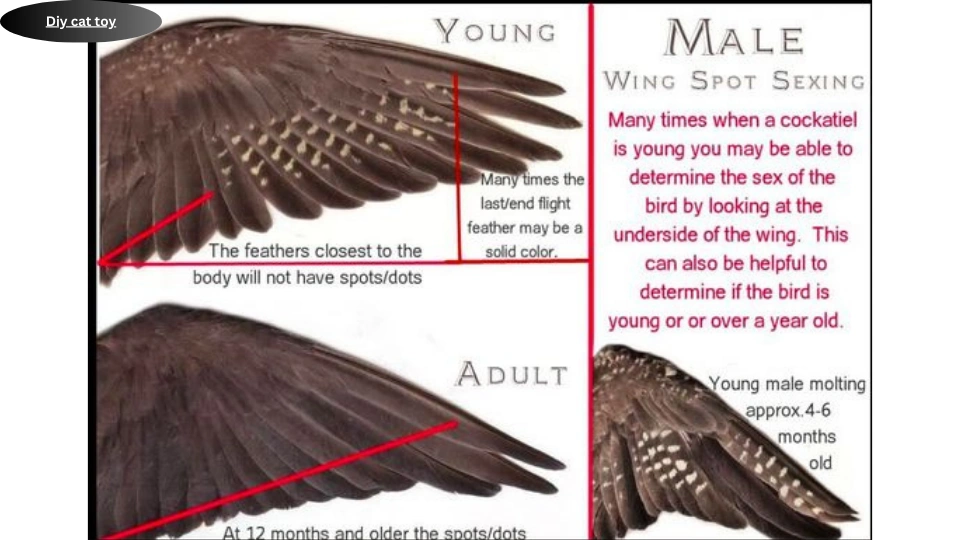
Spread and trim: Spread the bird’s wings carefully, then concentrate your cutting efforts on the main flying feathers, which should be between three and five. Proceed methodically from the wing tip, working carefully to get a perfect trim about a quarter of an inch below the shorter feathers. To protect your bird from unintended damage, take your time and have a steady hand as you work with it.
One feather at a time: Cut one feather at a time as you proceed inward to minimize your bird’s injury risk. Pay close attention to avoid missing the smaller feathers and shafts containing blood feathers. Trim a quarter inch below these points, exercising caution and patience.Maintaining balance .
After completing the wing clipping on one side, move on to the other to maintain balance. This step ensures that your bird’s flight remains evenly controlled, promoting stability and comfort.
How do Birds Heal After Having their Wings Clipped?

Understanding how birds heal after having their wings clipped involves considering various factors. In addition to managing the physical aspects of the process, such as the number of feathers trimmed and the condition of the wings, it’s essential to address potential emotional elements, including the anxiety that the bird may experience.
Providing a comfortable and familiar environment within the cage is crucial for the bird’s well-being during the healing process. Bird feed is vital in supporting recovery, ensuring the diet includes fruits and vegetables rich in essential nutrients.
After wing clipping, the family monitors bird health, addressing post-clipping symptoms. Gentle communication aids emotional healing, fostering security and trust. Holistic care ensures a seamless recovery for the feathered family member.
Should Birds Have their Wings Clipped?
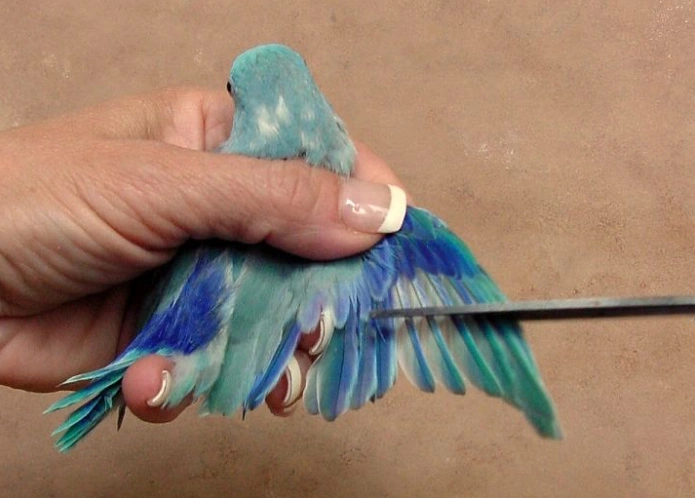
Whether birds should have their wings clipped is a topic that sparks diverse opinions among avian enthusiasts, bird owners, and professionals alike. For some, trimming bird wings is seen as a way to ensure the bird’s safety and surroundings.
When left unclipped, bird wings grant them the flying privilege, enabling them to explore and interact with their environment. On the contrary, some believe in preserving the natural lives of birds, allowing them to fly freely. People’s opinions on this matter vary, with some arguing that wing clipping is necessary for responsible bird owners, especially to prevent accidents involving ceiling fans and windows.
However, others contend that it interferes with a bird’s all-natural behavior. In the end, the decision to clip a bird’s wings is a personal choice that requires careful consideration of the bird’s well-being and the preferences of its owners.
Frustration can arise in clipped birds, leading to issues like feather-plucking. Clipping causes irritation, and the repetitive picking of feathers starts a harmful cycle. Understanding bird behavior after wing clipping is essential; let birds be birds and express their natural behaviors.
The Price of Wing Clipping
The price of wing clipping varies depending on the bird species and the region. For instance, the cost for wing clipping services can range from $15 to $100, with specific prices attached to popular pet bird breeds such as Eclectus parrots, Hahn’s macaws, Quakers, budgies, caiques, cockatiels, cockatoos, and others.
Different vets may charge additional fees for the procedure, and check-ups may be included in the overall cost. The shape and size of the bird’s wings and the region where the service is sought can influence the pricing.
Bird owners need to consider the associated expenses when deciding on wing clipping, weighing the benefits for the safety of their pet birds against the financial investment required for the procedure. Clipping bird wings is cruel, a practice that strips these creatures of their natural freedom and grace.
Pros of Clipping Bird Wings
- Clipped wings keep birds indoors, preventing accidental escapes.
- Reduces risks, shielding birds from household hazards like windows, fans.
- Increased dependence fosters a stronger bond, promoting interaction.
- Owners interpret cues, promoting mental well-being, preventing learned helplessness.
- Clipped wings create a controlled living space, minimizing access to dangers.
Cons of Clipping Bird Wings
- Deprivation of natural behaviors.
- Harms show birds’ chances.
- Poses health risks and vulnerability.
A Video Guide to Clipping Bird Wings
Watch an informative clipping bird wings video for a comprehensive guide on the process and considerations involved.
Conclusion
Clipping bird wings pros and cons are considered by bird owners when weighing the advantages and disadvantages of this practice. The ability to control a bird’s flying freedom is a central issue, considering accidents and household predators that may threaten pet birds.
The process of wing clipping is a subject of thought, prompting owners to ponder the impact on their bird’s stimulation, freedom, and overall well-being. Some argue that the practice is essential for maintaining a bond with their companion birds, ensuring their safety within the home environment.
On the other hand, opponents of wing clipping emphasize the cons, pointing out that it restricts a bird’s natural behavior and may lead to problems such as stress and feather issues. The conclusion of whether to clip bird wings remains a top concern for pet bird owners, highlighting the ongoing debate surrounding this subject in the bird-owning community.
Decision: When considering whether to trim your bird’s wings, it’s essential to weigh the advantages and disadvantages. Seek guidance from your avian vet and engage in a family discussion about the available choices. Take the time to gather information on wing clipping and understand the proper technique.
Is Wing Clipping Cruel?
How are Wings Clipped?
Can I Do it Myself?
How often Do I Need to Clip My Bird's Wings?
Is Clipping a Bird Wings Permanent?
It’s important to talk with the owner about options, highlighting that wing clipping is a temporary solution for controlling a bird’s flight. Some owners might not know that, after molting and regrowing feathers, the bird will be able to fly again.
How Far Can a Bird Fly With Clipped Wings?
When trimming a bird’s wings, aim to clip them enough to prevent upward flights while ensuring controlled, gentle landings. A good guideline, considering the query ‘Can birds fly with clipped wings?’ is to allow the bird to flutter down from shoulder height, covering about 10-15 feet.
Do Clipped Wings Grow Back?
After clipping a bird’s wings, it’s crucial to note that clipped bird wings grow back, but the regrowth process typically spans between 6 to 18 months. Careful consideration is recommended before deciding to go through with the procedure.
Does Clipping Wings Hurt Bird?
Sources
I am a dedicated content writer with more than five years of experience, particularly skilled in the art of storytelling. My writing journey commenced during my college years, where I pursued journalism and unearthed my talent for creating captivating narratives.


